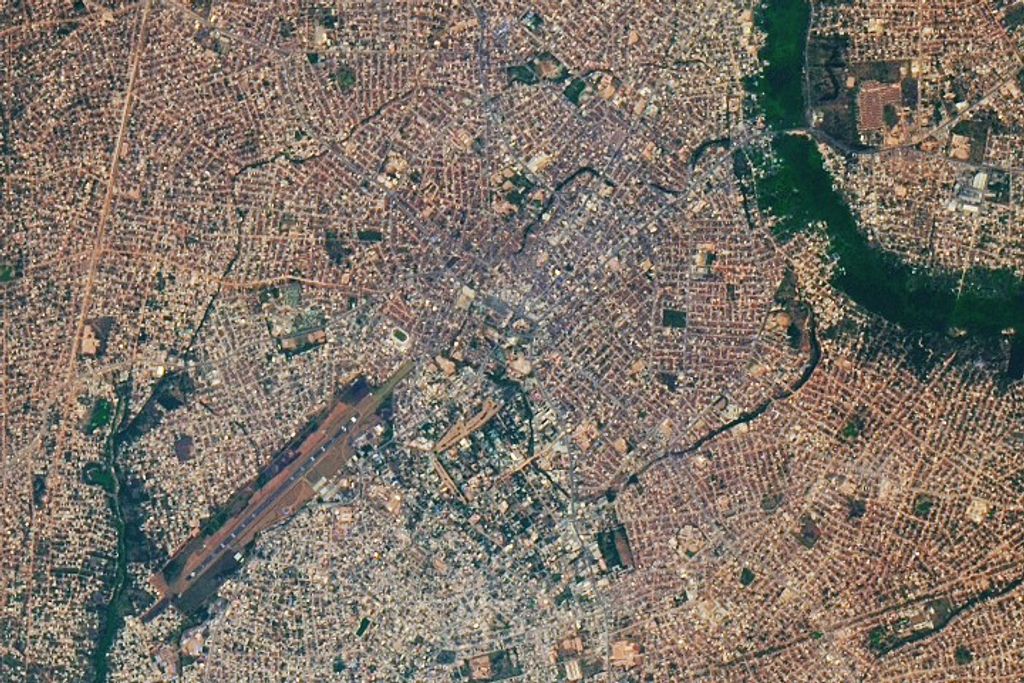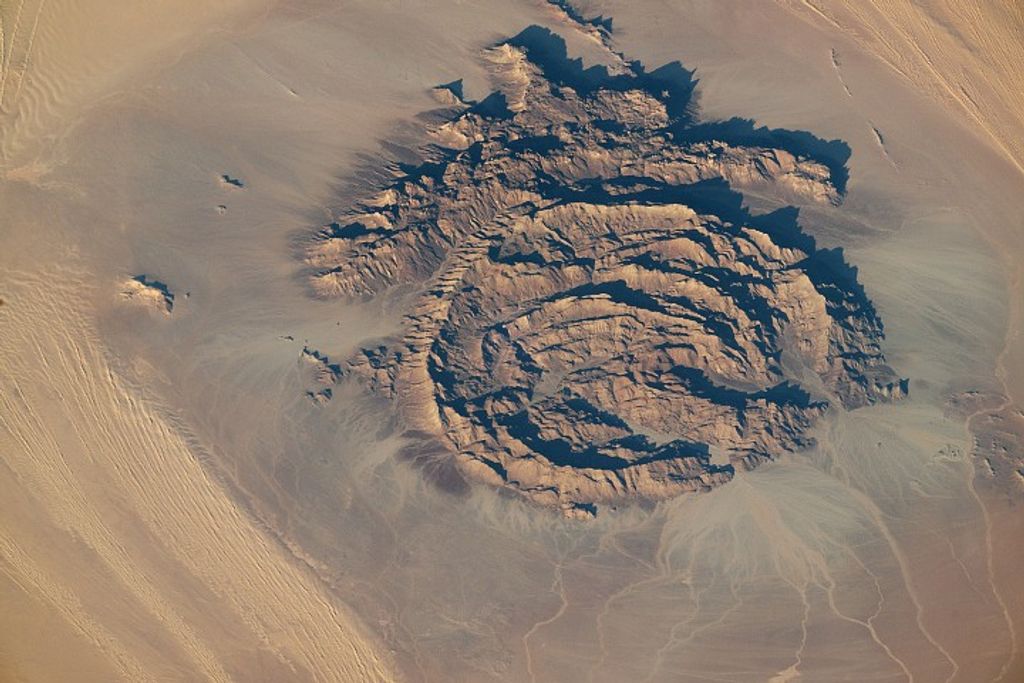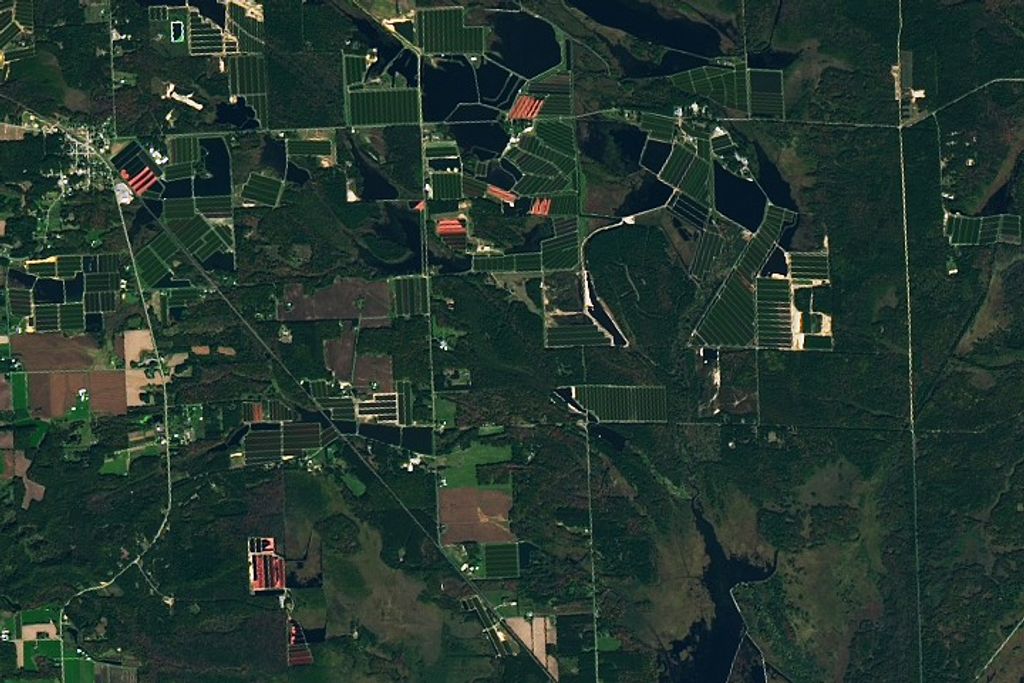1 min read
Illustration of Strong Gravitational Lensing

Gravitational Lensing Provides Clues to Tiny Dark Matter Clumps
This graphic illustrates how a faraway quasar's light is altered by a massive foreground galaxy and by tiny dark matter clumps along the light path. The galaxy's powerful gravity warps and magnifies the quasar's light, producing four distorted images of the quasar.
The dark matter clumps reside along the Hubble Space Telescope's line of sight to the quasar, as well as within and around the foreground galaxy.
The presence of the dark matter clumps alters the apparent brightness and position of each distorted quasar image by warping and slightly bending the light as it travels from the distant quasar to Earth, as represented by the wiggly lines in the graphic. Astronomers compared these measurements with predictions of how the quasar images would look without the influence of the dark matter clumps. The researchers used these measurements to calculate the masses of the tiny dark matter concentrations.
Dark matter is an invisible substance that makes up the bulk of the universe's mass and creates the scaffolding upon which galaxies are built.
Quadruple images of a quasar is rare because the background quasar and foreground galaxy require an almost perfect alignment.
- Release DateJanuary 8, 2020
- Science ReleaseHubble Detects Smallest Known Dark Matter Clumps
- Credit
Related Images & Videos

Gravitationally Lensed Quasars
Quasars' Multiple Images Shed Light on Tiny Dark Matter Clumps Each of these Hubble Space Telescope snapshots reveals four distorted images of a background quasar and its host galaxy surrounding the central core of a foreground massive galaxy. The gravity of the massive...
Share
Details
Claire Andreoli
NASA’s Goddard Space Flight Center
Greenbelt, Maryland
claire.andreoli@nasa.gov





























